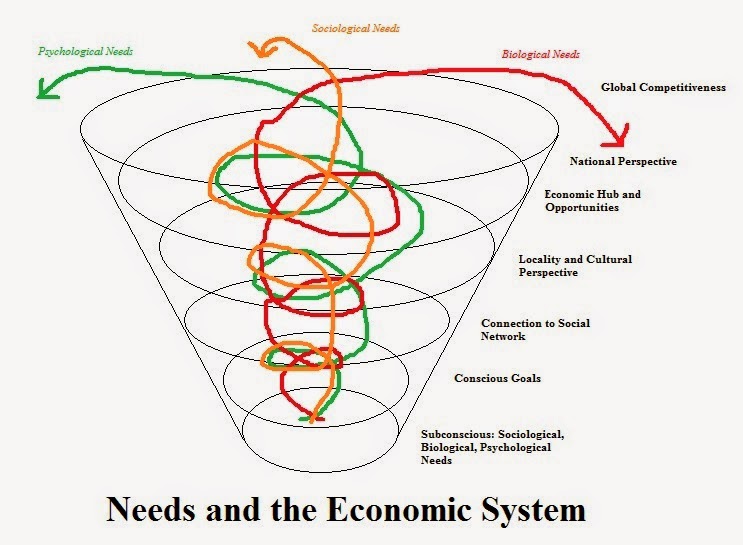Organizations collaborate for a number of reasons
that range from necessity to strategic enhancement. Smaller organizations may collaborate
to develop stronger responses to collective problems (Sowa, 2009) while larger
organizations collaborate with smaller organizations to incorporate new competencies. Collaboration is an exercise of hedging the different knowledge
and skills of each organization to compete together on the global market. Without collaboration businesses may suffer
for a lack of resources and abilities to meet new market pressures.
Organizations collaborate due to internal and
external drivers resulting from changes in the environment (Yankey &
Willen, 2005). These organizations do not have the current internal or external
abilities to meet the new demands of global change. Collaboration gives them an
opportunity to work together to face market pressure (external drivers) or
share abilities and knowledge to lower operational costs (internal drivers).
The collaborative efforts between businesses and
various suppliers create greater interactivity which leads to economic and
functional advantages (Hughes, 2008). Collaboration helps suppliers understand
the needs of their customers and work together to create better operations to
enhance their services. Both the purchaser and the supplier work together as a
unit and become co-creators in the process of development.
Companies that need to improve certain areas of
knowledge may want to work with other businesses to speed up the process of
information transference (Rodriguez & Nieto, 2012). The
gaining and use of new knowledge can help both companies learn to compete
better on the market. It is this learning and development that lends itself to
industry innovation (Cox, 2012).
Companies rarely work well in isolation from one
another. They need access to shared resources, knowledge, and human capital.
Not all companies can be everything to everyone. Some will naturally have
abilities in one area while others have abilities in different areas. For
example, collaboration between e-commerce businesses and distribution
businesses may raise the functionality of both (Kuo-pin & Graham, 2011).
There are many different ways in which companies can
work together that range from collaborative projects to full integrations. They
can formalize these efforts in contracts and service agreements or work with
third-party vendors on shared projects. Regardless of the type integration,
organizations that hedge their skills and abilities regularly find competitive
advantages on the global market.
Cox, P. (2012) Strategies for collaboration
agreements focusing on innovation. Journal of Commercial Biotechnology, 18 (1).
Hughes, J. (2008). From vendor
to partner: Why
and how leading companies collaborate with suppliers for competitive advantage. Global
Business & Organizational Excellence, 27 (3).
Kuo-pin,
C. & Graham, G. (2012). E-business strategy in supply chain collaboration:
an empirical study of B2B e-commerce project in Taiwan. International Journal of Electronic Business Management, 10 (2).
La Piana, D. (2010). Merging Wisely. Stanford Social Innovation Review, 8
(2).
Rodriguez, A. (2012). The internationalization of knowledge-intensive
business services: the effect of collaboration and the mediating role of
innovation. Service Industries
Journal, 32 (7).
Sowa, J. (2009). The collaboration decision in
nonprofit organizations: views from the front line. Nonprofit and Voluntary Sector Quarterly, 38 (6).
Yankey, J. & Willen, C. (2005). Strategic
alliances. In R&D. Herman & Associates (EDS). The Jossey-Bass handbook of nonprofit leadership and management.
San Francisco: Jossey-Bass



